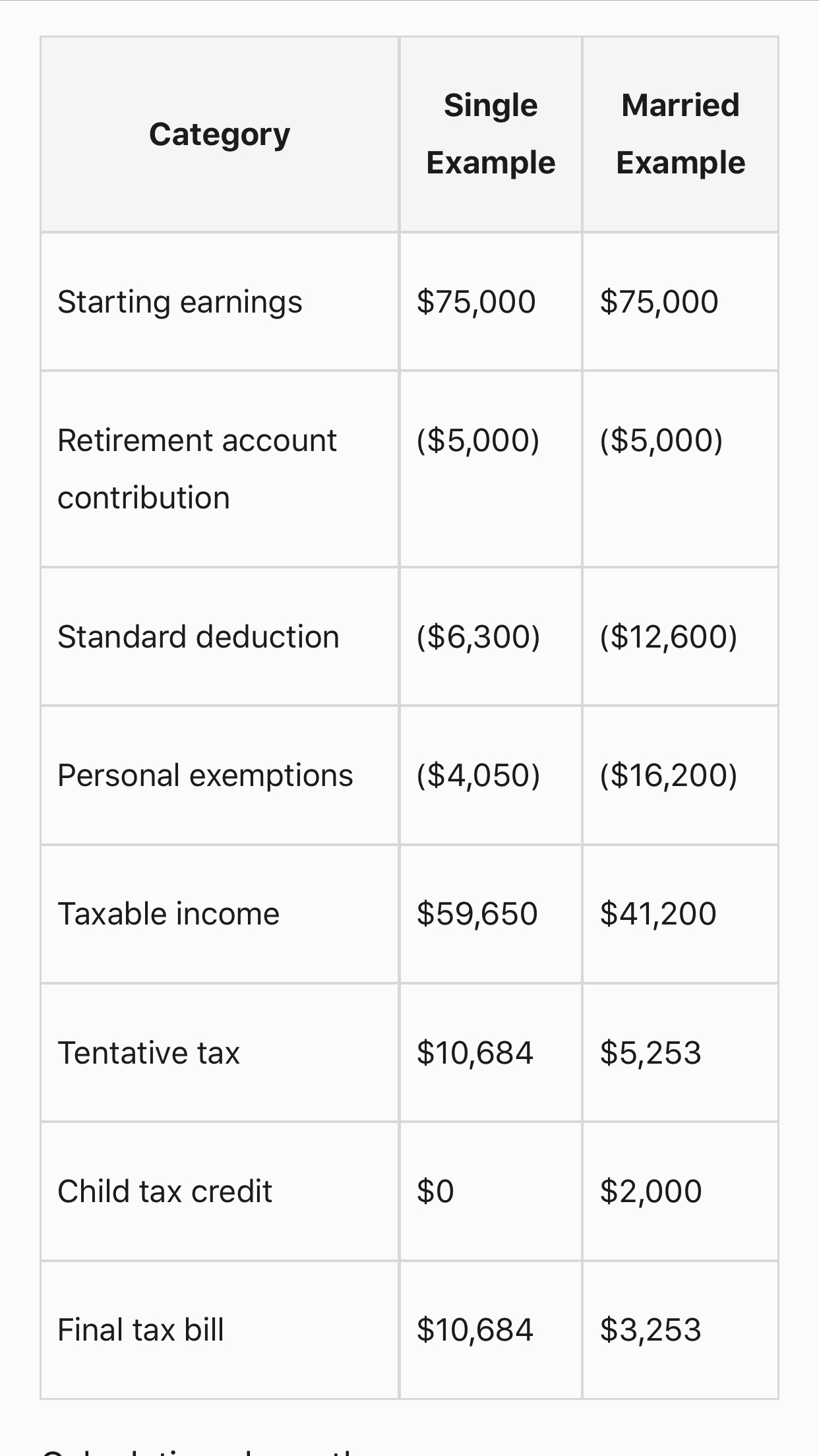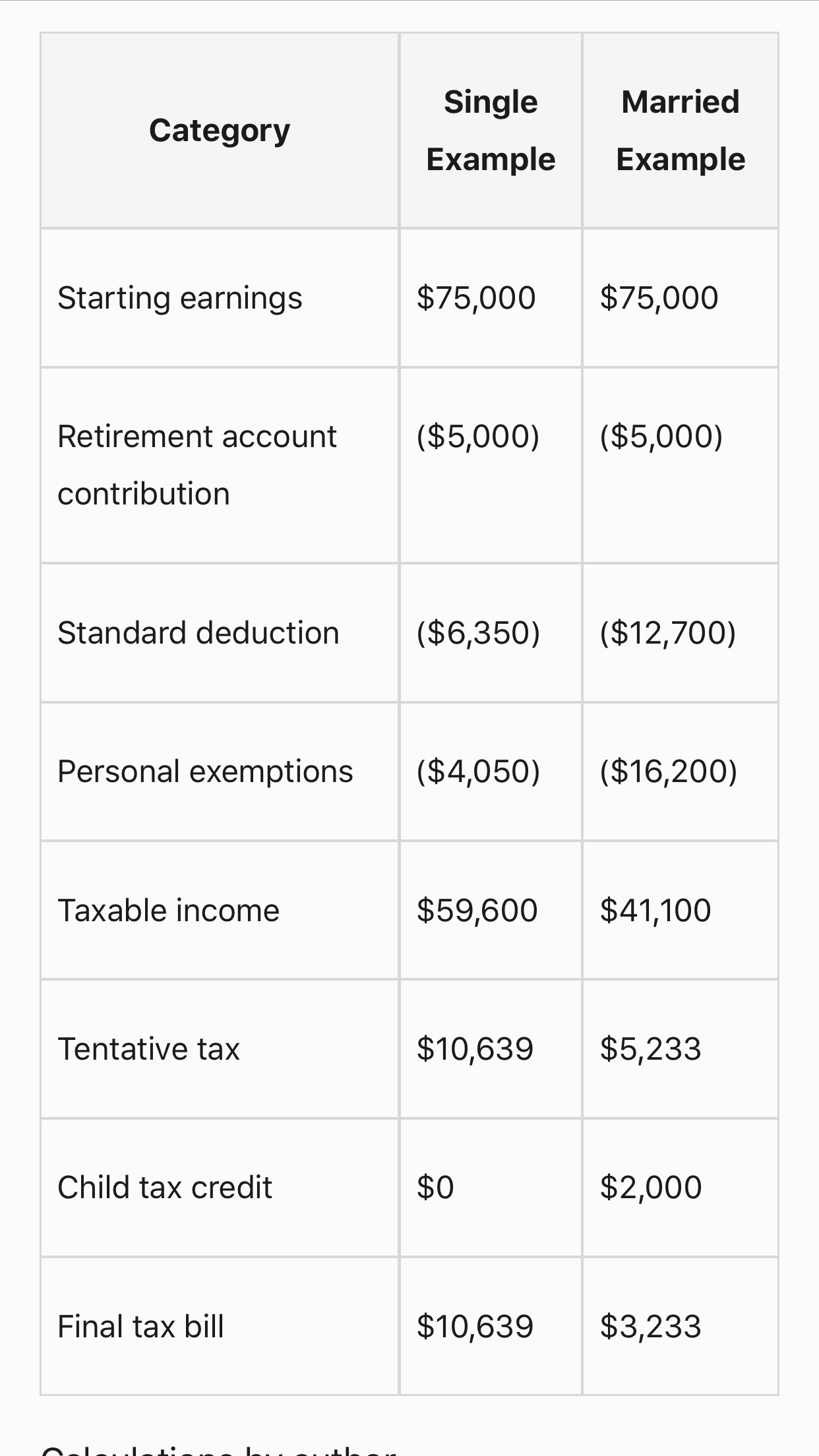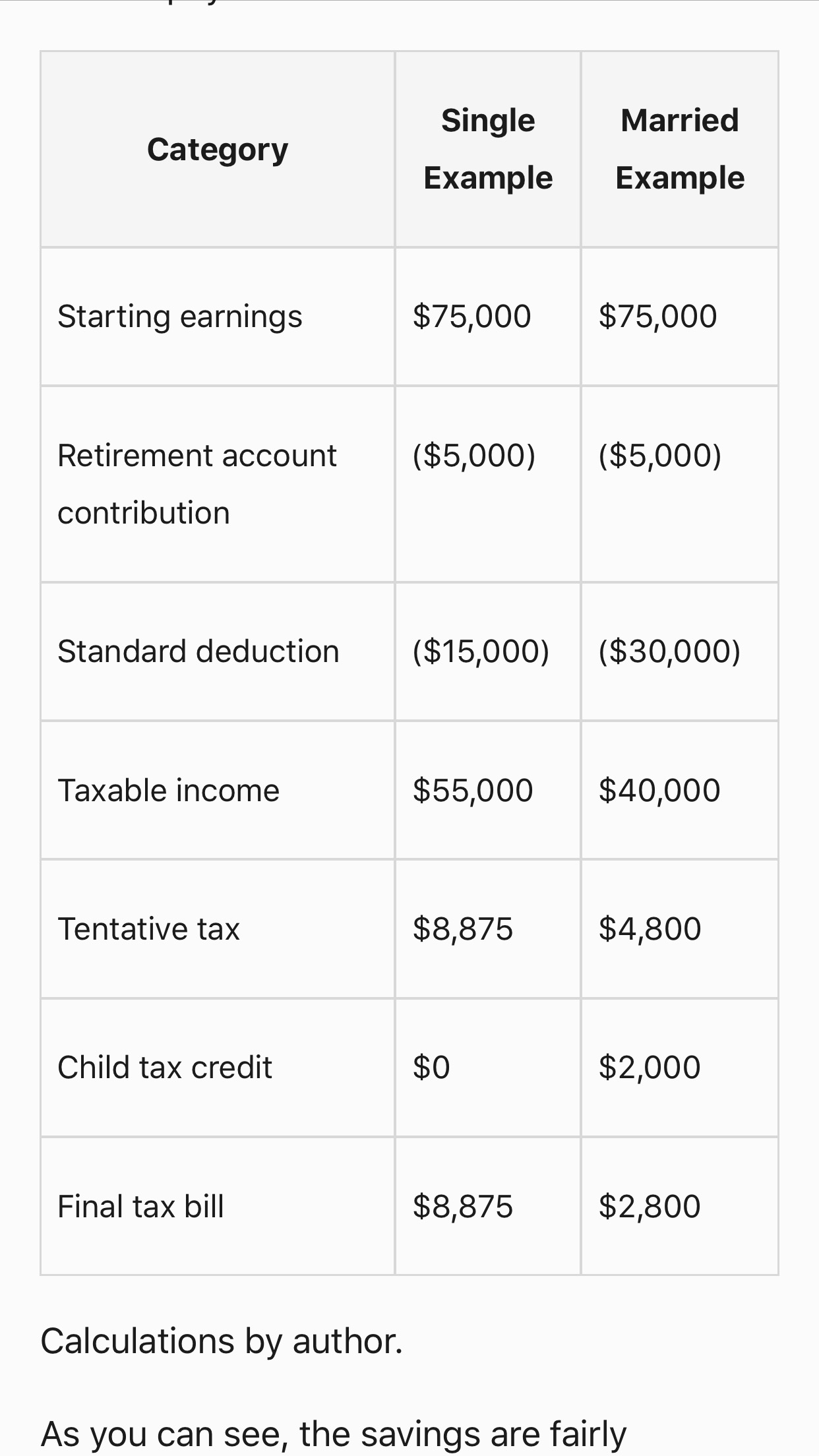Clicking below goes to the link to the article that is posted in its entirety.
All I got to say is WHAT THE FUCK CHUCK!!!
My base pay is well. . . . . Close to this amount. So you mean to say, I’m going to have to pay 10K in taxes this year??? Oh holy fuck me!! **passes out**
I’m not sure I’m ready to make this kinda money or commitment to the federal government. Cause damn Daniel!!! That’s pretty fucking steep to rape my pockets like that as a single person with no kids.
But let me be married, with a kid, and all of a sudden I only owe like 3-4K!! You mean I can get a refund of like 7K just for saying I do???
Mayne fuck this. . . . . I see why folks have marriages of convenience. Cause this whole tax paying shit is a damn scam!!!
Lemme pass out again!!
Earning $75,000 a year nets this much
https://www.fool.com/taxes/2017/03/26/how-much-will-i-pay-in-2017-taxes-if-i-make-75000.aspx
Get an early read on your likely tax bill.
Dan Caplinger (TMFGalagan)Mar 26, 2017 at 7:06AM
It’s always best to have a sense of how much income tax you’ll owe. But with ever-changing tax laws, it can be hard to predict exactly what your 2017 taxes will look like. Still, by being aware of the probable alternatives, you can estimate fairly well what range of tax liability you’re most likely to owe. Given proposals currently on the table, middle-class households earning $75,000 are at the epicenter of tax reform efforts, and they could see considerable impacts from proposed changes.
What a $75,000 earner would pay in taxes in 2016
As a starting point, it’s useful to look at how much someone earning $75,000 would pay in taxes on their 2016 tax return. Because different taxpayers have different family sizes and varying income and expenses, some of which have tax implications, it’s impossible to do a one-size-fits-all analysis. However, by using some simple examples, you can get a flavor for what 2016 tax liability would look like for a typical American household.
With that in mind, take a look at two common situations. In one, the taxpayer is single with no children, takes the standard deduction, and contributes $5,000 to a deductible retirement plan. In the other, the taxpayers are married, file jointly, have two children, take the standard deduction, and make the same $5,000 contribution to an IRA or 401(k) plan.
When you run the numbers on this example, here’s what you get for the 2016 tax year:
Note that the child tax credit amount gets reduced from its standard $1,000 per child amount. That’s because your modified adjusted gross income of $115,000 — earnings less the retirement account contribution — is above the $110,000 threshold at which the child tax credit starts getting phased out. For every $1,000 above the threshold, taxpayers lose $50 of the child tax credit.
What 2017 looks like right now
Based on the current tax laws, 2017 isn’t set to change that much, with only minor shifts in dollar figures due to inflation. The results below look fairly similar to what you saw above for 2016.
How the Trump tax plan might affect taxes in 2017
The proposed tax plan from President Trump includes changes to tax brackets and other key figures. Personal exemptions disappear in favor of a larger standard deduction. At least given what we know now, the following analysis shows what the Trump plan would cost taxpayers:
As you can see, the savings are fairly significant for the single taxpayer, but only a few hundred dollars less for the married taxpayers. Also, note that the above example assumes that the child tax credit survives in roughly its current form. The biggest benefit comes from the expanded 12% bracket for the single taxpayer, while the married taxpayers don’t see all that big a difference compared to the current combination of 10% and 15% brackets.
What’s ahead for 2017 tax reform?
It’s too early to tell what’s going to happen with tax reform. Some policymakers are increasingly skeptical that a tax deal will get done this year, even though it wouldn’t be unprecedented for a late-year reform package to be retroactive to the beginning of 2017. Given the current state of affairs between the two major parties in Washington, it could be difficult to get anything to move forward.
By the time you’re filing your 2017 tax return, it’s likely that the final answer will match up well with one of these proposals or be somewhere in between. As a starting point, these estimates can be valuable in letting you prepare for your tax planning in the coming year.
The $15,834 Social Security bonus most retirees completely overlook
If you’re like most Americans, you’re a few years (or more) behind on your retirement savings. But a handful of little-known “Social Security secrets” could help ensure a boost in your retirement income. For example: one easy trick could pay you as much as $15,834 more… each year! Once you learn how to maximize your Social Security benefits, we think you could retire confidently with the peace of mind we’re all after. Simply click here to discover how to learn more about these strategies.




